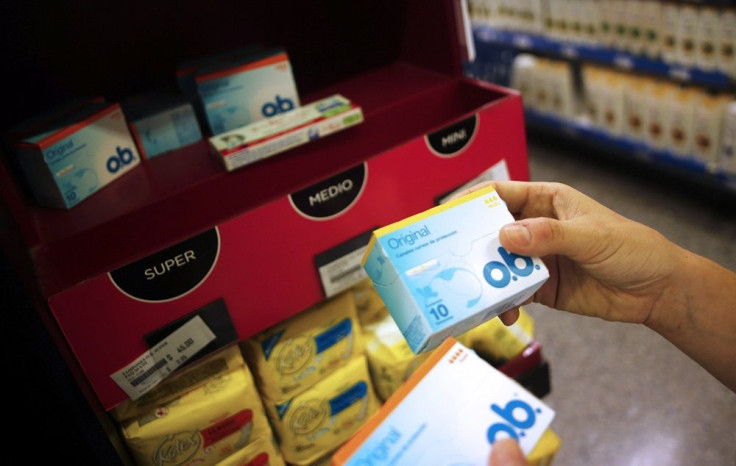University Of Sheffield Researchers Find Other Places Where To Insert Tampons

Tampons have other uses other than to collect a woman’s blood flow during her monthly periods. Researchers at the University of Sheffield in England have discovered it could also help battle pollution.
It could be used to identify leaks into streams and rivers of wastewater, reports UPI. Since tampons are made of natural, untreated cotton, which readily absorbs chemicals called optical brighteners, it makes the tampon an ideal indicator of wastewater that comes from baths, washing machines, sinks and showers.
Optical brightening agents are found in toilet paper, detergents and shampoos. Even the smallest trace of optical brighteners could be picked up and absorbed by tampons suspended in the pool of stream. The tampon is then placed under ultraviolet light and it would glow if it has absorbed chemicals.
David Lerner, professor of engineering at Sheffield, said finding cotton that does not already contain the optical brighteners was the main difficulty in detecting sewage pollution. “That’s why tampons, being explicitly untreated, provide such a neat solution. Our new method may be unconventional – but it’s cheap and it works,” he said.
They then placed tampons for three days in 16 locations where there are surface water pipes that feed runoff water in local streams. Nine of 16 tampons showed presence of sewage. It is also used to trace wastewater leaks in homes connected to the wrong sewage lines.
Lerner concedes, “It’s clearly impractical for water companies to do this for all the households they supply, but by working back from where pollution is identified and narrowing it down to a particular section of the network, the final step of identifying the source then becomes feasible.”
Optical brightener agents damage freshwater ecosystems by altering the microbial makeup of streams and damaging invertebrate species, according to the Sheffield study that was published this week in the Water and Environment Journal.
According to Theartofmanliness, tampons were used in the 19th century to plug bullet holes and bloody noses. Besides those two uses, it could also serve as a medical bandage, crude water filter, fire tinder, straw filter, cordage, blow dart fletching, blow tube for coal-burning containers, waterproof match and fire tinder case and survival fishing bobber. To contact the writer, email: v.hernandez@ibtimes.com.au





















